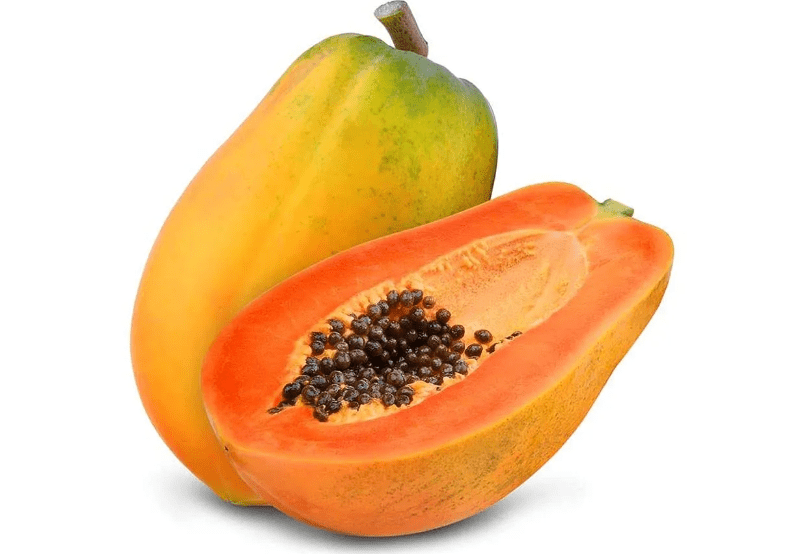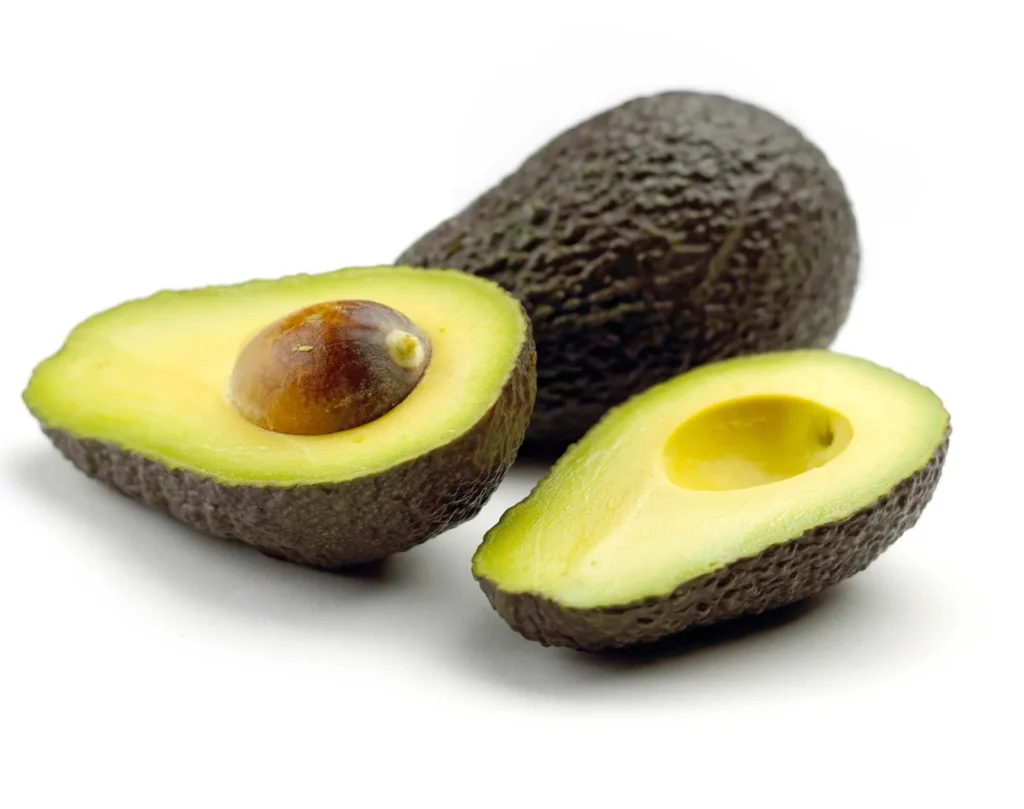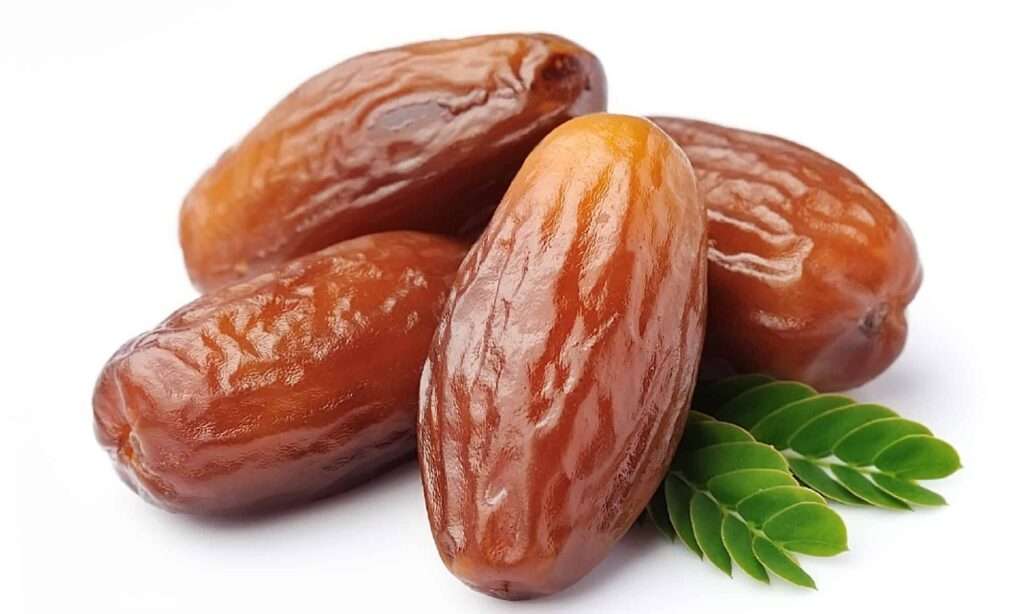
Description
The fruit is typically spherical to cylindrical in shape and can weigh up to 9 to 11.5 kg (20 to 25.5 pounds) at times. Richly colored flesh with shades of yellow, orange, or red is incredibly delectable.
Varieties
The most widely produced papaya varieties are two. In Australia, similar fruits are referred to as “red papaya” and “yellow papaw,” respectively, depending on whether they have yellow or sweet red, orange, or red flesh. Both varieties are known as “green papayas” when plucked green. Some of the most well-liked varieties of papayas include:
Kapoho Papaya
Hawaiian Sunset Papaya
Guinea Gold Papaya
Oak Leaved Papaya
Hawaiian Sunrise Papaya
Peterson Papaya
Uses
The obvious use of papaya is to consume it fresh, but there are other options as well. The papaya fruit is so adaptable that it can be frozen, pickled, frozen again, and more. It should come as no surprise that papaya is used in a wide variety of dishes, both savoury and sweet.

Nutrition
32 calories, 0.6g of protein, 0.1g of fat, 7.2g of carbohydrates, and 2.6g of fiber are found in 100 grams of ripe papaya.
Cultivation
The rapid development causes fruit to begin to appear before the first year is up. A plant could live for five years or more under optimal conditions. In practically any well-drained soil, papayas can flourish. The plant is unable to endure extended wetness or standing water due to its short roots. In some cases, raised beds might help with drainage problems. Papayas benefit most from direct sunlight, however some consideration can be taken for wind or cold weather protection. Papaya thrives in sunny, warm, and humid environments. Although the plant may be grown up to 1000 metres above sea level, it cannot endure winter. Papaya prefers a temperature range of 25 to 30 degrees centigrade.
Table





